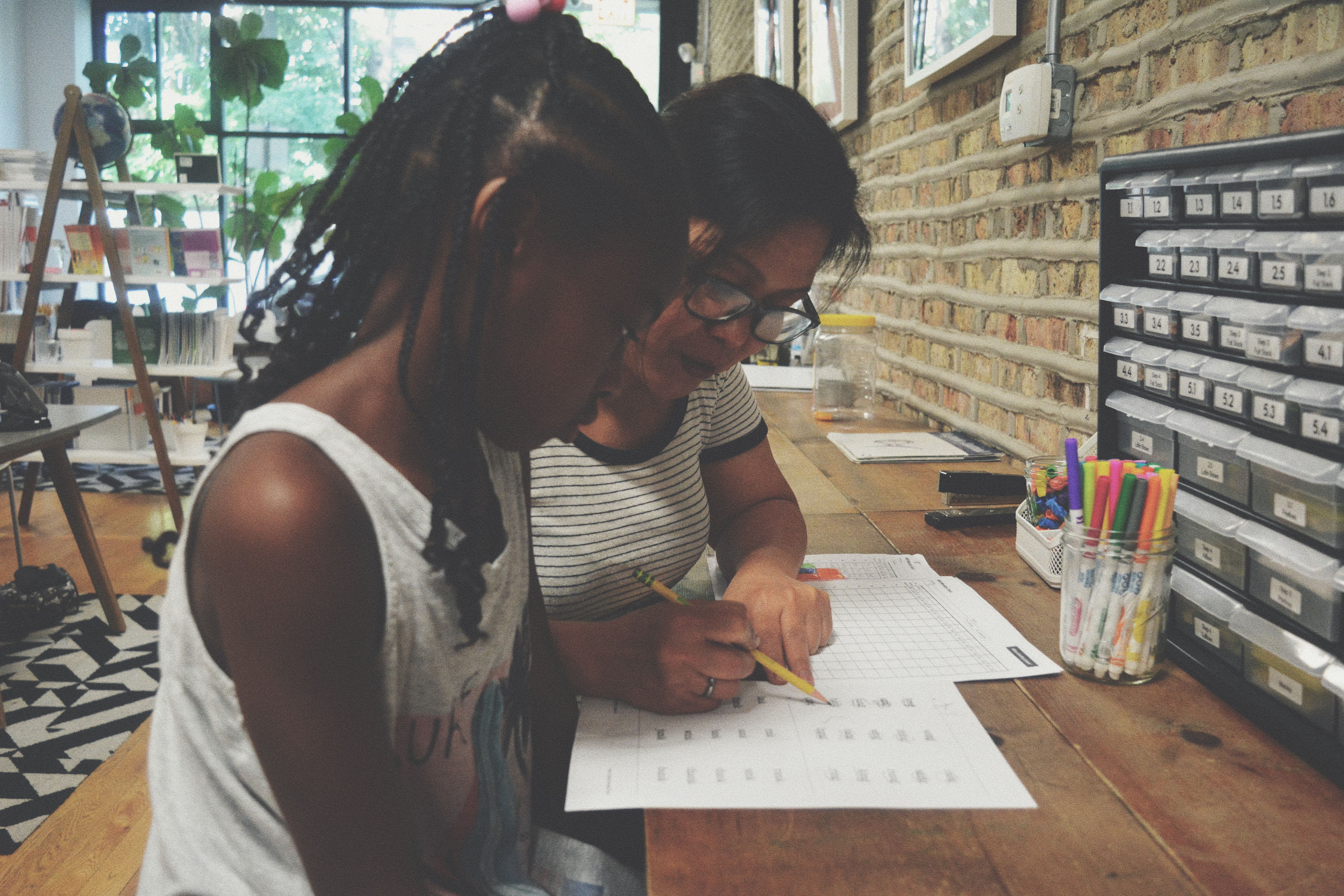
.avif)
The First Three Things to do When Your Child Gets a Dyslexia Diagnosis
You’ve just learned your child has dyslexia. You’re worried, uncertain, besieged by difficult questions. What will school be like? How can I support her? Which intervention will be best? How can I assure him this doesn't mean he’s not smart? What do I do now?
I’ve been there myself. When your child is struggling in school, it’s on your mind while you fall asleep and when you wake up. When this parental anxiety sets in, we want to act. We ache for solutions. We yearn to do something – anything, everything – to support our kids.
But what does that look like? What can you do? Three things.
I’ve been a reading interventionist for many years, and I’m the mother of a brilliant, imaginative, dyslexic young brain. In my professional and personal experience, these are three things to do when you find out your child has dyslexia.
The first one’s about you.
1. Get support for yourself
You’re on a plane before takeoff, and the flight attendant instructs you that in the event of an emergency you must secure your own oxygen mask before helping others. “Others,” sure. But your own kids? In a crisis, your overwhelming impulse is to immediately take care of your children. But how well can you take care of them if you’re asphyxiated?
Put your mask on first. Breathe.
This dyslexia diagnosis, as well as the years of struggle leading to it, has likely been stressful for you as a parent. You've invested your time and resources to understand why your child is struggling, and now you have the information you need to really help. Celebrate that accomplishment. And before you do anything else, get the support you need. Get the nourishment, the peace, the oxygen that will keep you grounded and healthy and ready for the next steps. For the sake of your child, prioritize yourself.
2. Empower your child with knowledge
Offload the reading intervention on the experts; it’s not your responsibility to teach your child to read. You can do something else that’s just as essential: empower your child with knowledge about this diagnosis. Children who have just learned they have dyslexia need help understanding what that means and what it doesn’t mean. What they’re uniquely good at, and what they’re going to need help with.
You can help your child understand that reading is really hard – speech comes to us inherently; reading does not, and for some brains it’s extra difficult. Help your child grasp that the dyslexic brain is not broken or impaired. It’s just like any other brain: some tasks come easy, others are laborious. Children with dyslexia are going to need to ask for help sometimes, just like everyone. Gently work to instill Frostig's six success attributes: self-awareness, proactivity, perseverance, goal setting, using social support systems, and emotional coping strategies.
Tell your child about neuroplasticity – our brains can change. As we build knowledge and practice new skills, we’re creating neural connections that make hard stuff easier.
Your child’s instructor will impart foundational literacy skills. You can cultivate foundational internal skills. That’s a very powerful combo. The best remediation in the world will have a limited effect if your child doesn’t begin by understanding how smart and capable she is. Spend some time perusing the long list of famous, highly accomplished dyslexic folks. Explain to your child that his dyslexic brain is gifted in ways a non-dyslexic brain is not.
3. Begin intervention
Reading interventionists will use either the Orton-Gillingham approach (such as Wilson Reading System®), speech to print (like SPELL-Links™), or reading and writing strategies (like our very own Writing Our World™ curriculum). There isn’t one curriculum that meets the needs of every student. It’s critical to work with a provider who’s going to look at your child’s learning profile, try the approach that seems like the best fit, and then closely monitor progress — pivoting to a different approach if the present intervention isn’t the right fit.
This is why Redwood Literacy places such high value on having diversity of thought at the table – there isn’t one right way to conduct interventions for a dyslexia diagnosis. By offering more than one approach, we’re better equipped to give each of our students the individualized support they need.
Learning that your child is going to struggle with reading is hard news to absorb. These steps will help you move forward with strength, peace, and optimism. Are you tempted to skip the first step? Don’t. Reach for that mask. Your kid needs you breathing. If you haven’t yet received a dyslexia diagnosis, and you want to find out, Redwood offers dyslexia screeners. Get started here.

.svg)




